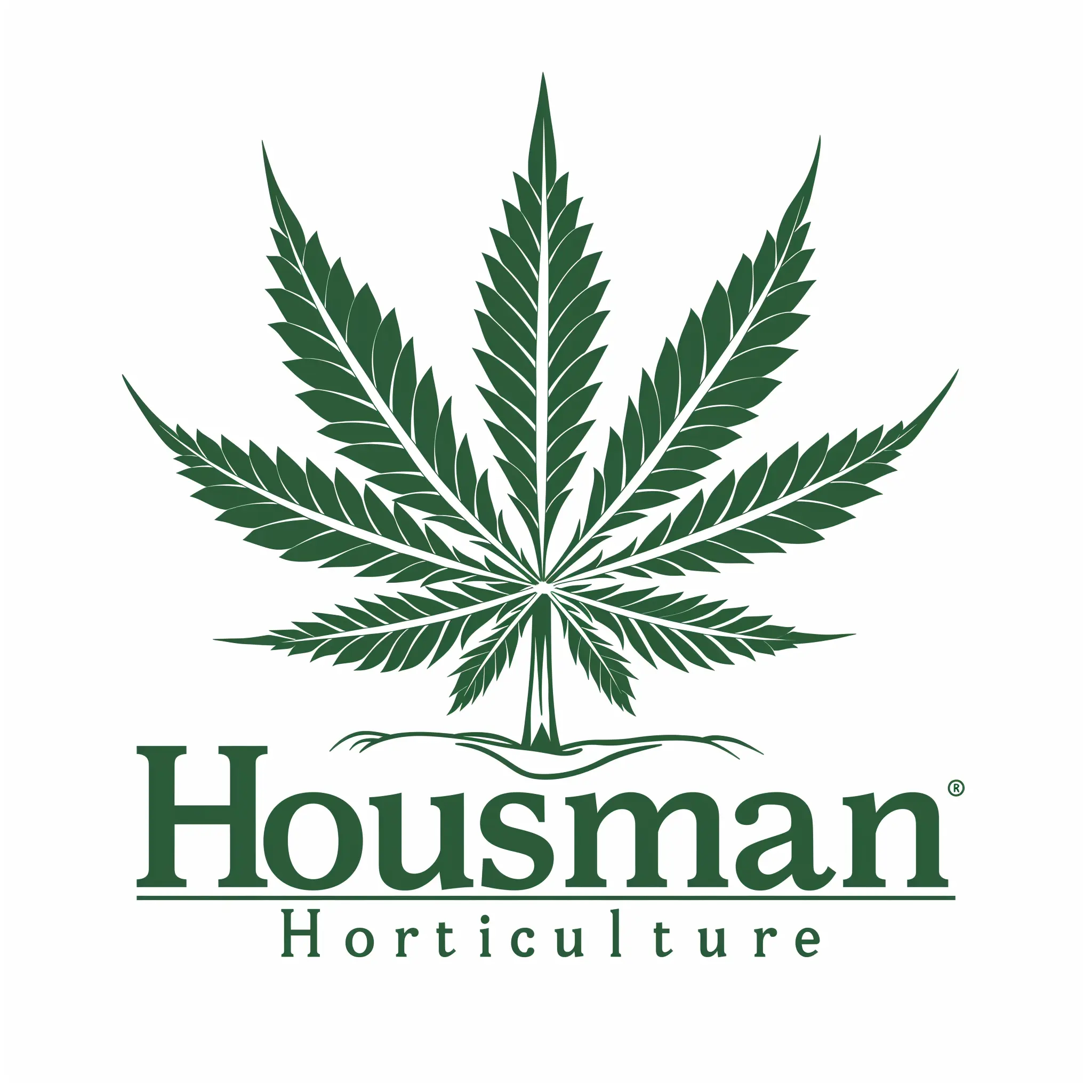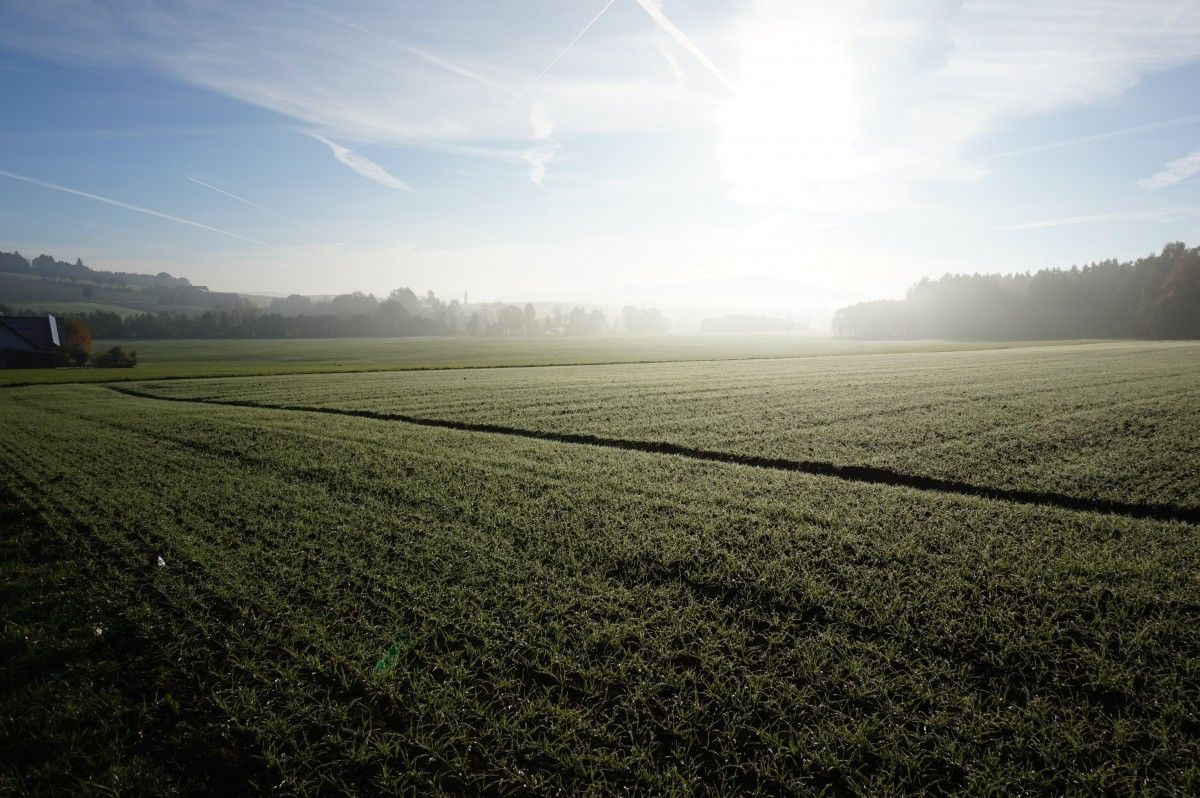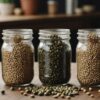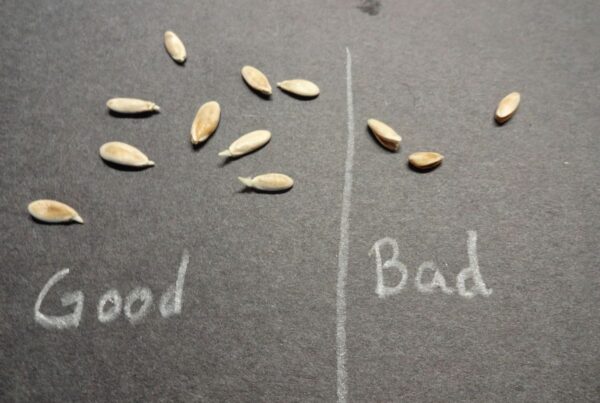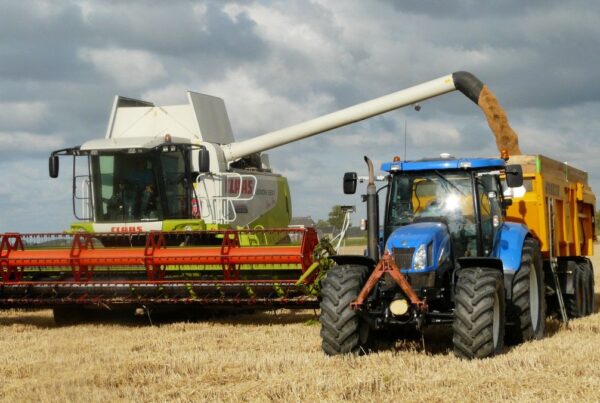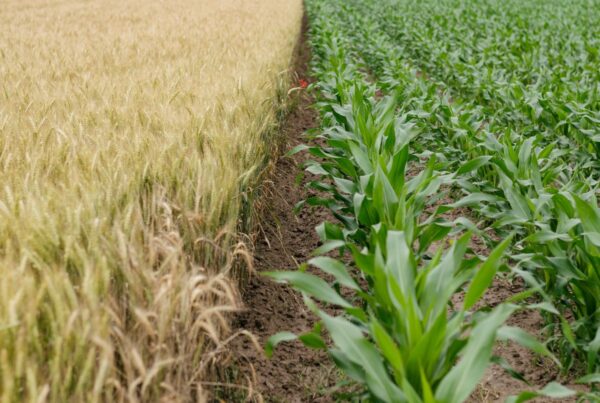Organic cultivation represents a holistic and sustainable approach to farming that prioritizes the health of both the ecosystem and consumers. It involves growing food without synthetic inputs like fertilizers, pesticides, or genetically modified organisms, and instead relies on natural methods such as composting, crop rotation, and the use of biological pest controls. With a history dating back to the early 20th century, organic farming has evolved into a diverse and complex field that encompasses more than just the absence of chemicals. It’s a practice that requires careful planning, a deep understanding of ecological relationships, and a commitment to maintaining the integrity of our food systems.
Key Takeaways
- Organic farming is a method of cultivation that avoids synthetic inputs and emphasizes natural processes and biodiversity to maintain healthy ecosystems and produce food.
- The history of organic farming dates back to the 1940s, with pioneers like Lord Northbourne and Lady Eve Balfour highlighting the benefits of natural farming practices over conventional methods.
- Obtaining organic certification can be a rigorous and labor-intensive process, but it allows farmers to access broader markets and potentially command higher prices for their produce.
- Organic farming practices such as composting, crop rotation, and the use of natural predators for pest control contribute to soil health and reduce the reliance on artificial chemicals.
- The economics of organic cultivation are complex, with factors such as market trends, consumer demand, and governmental support influencing the viability and growth of organic farming.
The Dirt on Organic Farming: It’s Not Just About Skipping the Chemicals!

The Roots of Organic Farming: A Quick History Lesson
Alright, folks, gather ’round. Let’s take a little trip down memory lane to where this whole organic shindig started. You might think organic farming is all about hipsters and fancy lettuce, but it’s got roots deeper than my prize-winning cannabis plants. Back in the day, before we had more chemicals than a high school science fair, farming was naturally organic. But let’s fast forward to the 1900s when some clever clogs like Sir Albert Howard and his pals started preaching about the wonders of organic agriculture.
Now, these guys weren’t just blowing smoke. They laid down the groundwork for what we now call organic farming, and guess what? The term itself was coined by a dude named Lord Northbourne in 1940. He thought of the farm as a living, breathing organism, and not just a factory for churning out veggies. And let’s not forget Lady Eve Balfour, who kicked off the Haughley Experiment a year earlier, proving that organic methods could hang with the big boys in terms of yield.
So, here’s a fun fact for you: Organic farming is like the granddaddy of all those sustainable farming trends you hear about today. It’s been around the block, and it’s still kicking butt in the green department. And if you’re wondering about the benefits, well, let’s just say it keeps the nasties out of our grub and our ground, makes sure farm workers aren’t up to their eyeballs in toxins, and it’s a friend to Mother Nature and her climate change woes.
- Sir Albert Howard: The compost king
- F.H. King: Studied farming in the Far East
- Rudolf Steiner: Had some cosmic insights into agriculture
So, while you’re munching on that organic tomato, tip your hat to the old-timers who made it all possible. They were organic before organic was cool, and without them, I wouldn’t have my little green empire down here in southern Oklahoma.
Certifiably Organic: The Hoops and Hurdles of Getting the Green Stamp
Alright, folks, let’s talk about getting that fancy green stamp on your goods. You know, the one that screams, "I’m organic, baby!" like it’s some kind of veggie superhero. Now, don’t get me wrong, the badge is a badge of honor, but the journey to get there? It’s like running a marathon through a maze… blindfolded… and in the rain.
First off, you’ve got to get intimate with paperwork. I’m talking about a relationship so close, you’ll know every form’s middle name. You’ll be keeping records like a librarian with OCD, because if you think you can just wing it, you’re in for a surprise. This isn’t just about growing green, it’s about proving you’re greener than a fresh batch of basil.
- Step 1: Fall in love with record-keeping.
- Step 2: Learn the art of patience.
- Step 3: Prepare for a mountain of documentation.
- Step 4: Get ready to open your wallet (and maybe shed a tear).
And here’s the kicker: even after you’ve done the dance and jumped through all the hoops, there’s no guarantee you’ll get that stamp. But hey, it’s all for the love of the game, right? The game of growing stuff without the nasty bits, that is.
Beyond the Veggie Patch: Organic Farming’s Big Picture
Alright, let’s zoom out from those adorable organic carrots and get real big-picture here. Organic farming ain’t just about your backyard tomato plant getting by without a chemical pep talk. It’s a whole ecosystem, from the soil microbes to the birds doing their thing up in the sky. And let me tell you, when you’re running a grow op in southern Oklahoma, you learn a thing or two about keeping it all natural.
Organic goes beyond the patch, folks. It’s about creating a space where everything thrives – the plants, the critters, and yeah, even us humans. Think of it like a party where everyone’s invited: the bees, the worms, and those ladybugs that are way better at their job than any pesticide spray.
- Soil Health: It’s the foundation, literally. Healthy soil equals happy plants.
- Water Conservation: More like ‘water conversation’, am I right? Gotta chat about using less of it.
- Biodiversity: It’s the spice of life and your garden’s best defense against pests.
- Energy Use: Less input, more output – that’s the organic promise.
And here’s the kicker: organic farming can actually be a game-changer for the environment. We’re talking less pollution, more carbon in the soil, and a big ol’ thumbs up from Mother Nature.
So, next time you’re munching on an organic snack, remember – oh wait, I’m not supposed to say ‘remember’. Scratch that. Just know that there’s a whole lot of good going on behind the scenes. And if you ever want to talk shop or swap tips on how to keep those aphids in check without going nuclear, hit me up. I’ve got stories that’ll make you laugh till your organic kale comes out your nose.
Worms and Weeds: The Unsung Heroes of Your Organic Oasis

Compost: Black Gold or Just Old Banana Peels?
Alright, let’s talk dirt – or rather, the gold that comes from it. Compost, my friends, is like a backstage pass for your plants, giving them VIP access to all the nutrients they could dream of. Think of it as a gourmet buffet for your green buddies, chock-full of decomposed haute cuisine like those banana peils and coffee grounds you’ve been hoarding.
Now, don’t go thinking compost is some highfalutin concept you need a PhD in Dirtology to understand. It’s just Mother Nature’s way of recycling – turning yesterday’s leftovers into today’s plant chow. Here’s the lowdown on what to toss into that compost pile:
- Fruit and veggie scraps (yeah, even the mushy bits)
- Eggshells (crushed, unless you want to host an eggshell museum)
- Coffee grounds (plants love a good caffeine kick too)
- Yard waste (leaves, grass clippings – it’s all good)
Just remember, balance is key. You want a mix of ‘greens’ (like those veggie scraps) and ‘browns’ (like dry leaves) to get that compost cooking just right.
And if you’re worried about attracting critters or smelling up the joint, relax. A well-maintained compost bin is like a ninja – efficient, effective, and you won’t even know it’s there. So go ahead, give your plants the five-star treatment they deserve and watch ’em thrive!
Weeding Out the Myths: Natural Pest Control That Actually Works
Alright, folks, let’s get down to the nitty-gritty of keeping those pesky critters at bay without resorting to the hard stuff. First off, neem oil spray and soap spray are like the dynamic duo of the organic pest control world. Easy to whip up in your own backyard lab and cheaper than a thrift store sale.
But hey, it’s not just about sprays. Let’s talk about the real MVPs of natural pest control: the bugs themselves. Ladybugs aren’t just cute; they’re voracious aphid-eaters. And those parasitic wasps? They’re not here to crash your picnic; they’re too busy taking down tomato hornworms like little six-legged ninjas.
Now, if you’re thinking about turning your garden into a bug battleground, here’s a pro tip: start companion planting. It’s like setting up a blind date between your plants and the pests’ natural enemies. They’ll find the pests for you, and you can sit back and enjoy the show.
And don’t forget about those physical barriers. A good row cover is like giving your plants their own personal bodyguard. It’s all about working smarter, not harder, my friends.
The Circle of Life: Crop Rotation and Other Ancient Secrets
Alright, folks, let’s talk about spinning your crops like a DJ spins records. Crop rotation is like the ultimate remix for your soil’s health. Imagine planting the same ol’ tomatoes in the same spot year after year. Not only would your taste buds get bored, but your soil would throw a fit, packing up its nutrients and leaving town. By shuffling your plants around, you’re keeping the pests guessing and your soil jamming.
Now, you might be thinking, ‘But hey, I’m not growing a veggie medley here, I’ve got a cannabis operation!’ Well, my friend, the principles still apply. You’ve got to mix it up to keep your green ladies happy. Here’s a quick rundown:
- Year 1: Plant your Sativa strains.
- Year 2: Switch to Indicas.
- Year 3: Maybe some autoflowers or a cover crop to fix nitrogen.
- Year 4: Back to Sativas or whatever tickles your fancy.
It’s all about that historical perspective of organic farming. We’re talking about the oldest practice going back 10,000 years. And since the 1950s, organic farmers have been tweaking this dance to perfection.
So, remember that organic farming ain’t just a trend; it’s a legacy. And when you’re rotating your crops, you’re not just playing musical chairs, you’re honoring a tradition that’s as old as dirt itself.
The Bees Knees of Organic Gardening: Buzzing with Benefits

No Chemical Romance: Why Your Plants Prefer the Organic Life
Listen up, folks! Your plants are like that indie band that only plays vinyl – they dig the organic scene way more than those mainstream chemical vibes. Going organic is like giving your plants a VIP pass to the best nutrients in town. It’s not just about being trendy; it’s about getting down to the roots of healthy growth.
- Natural fertilizers: These are the real deal, like homemade brownies versus store-bought. They slowly release nutrients, making it a long-lasting buffet for your green buddies.
- Mineral amendments: Think of these as the vitamins for your soil. They’re the secret sauce to a thriving garden.
Organic gardening isn’t just a choice; it’s a lifestyle. And trust me, your plants can totally tell the difference. They’re not sipping on those synthetic fertilizers; they’re feasting on the good stuff.
So, what’s the takeaway? Organic gardening is more than just a buzzword; it’s about building a solid foundation for your plants to flourish. And when your plants are happy, you bet your stash they’ll make you happy too!
Pollinators’ Paradise: How Going Organic Helps the Little Buzzers
Alright, listen up, you’re about to get the buzz on why your organic garden is like a five-star resort for those little winged workers. Organic gardens are a pollinator’s paradise, and here’s why: no nasty chemicals. That’s right, no synthetic pesticides or fertilizers to mess with their tiny bee brains or delicate butterfly wings.
But it ain’t just about what you’re not doing; it’s also about what you are doing. Planting a variety of flowers and crops gives these critters a smorgasbord of nectar and pollen to feast on. And let’s not forget the herbs and native plants that have them coming back for more. It’s like setting up a buffet that says, ‘Welcome, pollinators! Help yourselves, and while you’re at it, help me pollinate my cash crop—those sweet, sweet Mary Jane plants.’
By ditching the chemicals and diversifying your garden, you’re not just growing plants, you’re cultivating a whole ecosystem. And that’s good for everyone—bees, butterflies, and bud-lovers alike.
So, what’s the takeaway here? Organic gardening is not just about growing stuff, it’s about growing stuff the right way. It’s about making sure that when a bee stops by your garden, it leaves with a full belly and a clean bill of health. And hey, if that means my organic tomatoes and, ahem, ‘tomatoes’ are the talk of the town, then so be it!
The Taste Test: Can You Really Tell the Difference?
Alright, let’s cut to the chase. You’re standing there in the produce aisle, eyeing those tomatoes like they’re gonna reveal their life secrets. Can you really taste the difference between the organic and the regular ones? Well, my friend, it’s like asking if a homegrown tomato tastes better than a store-bought one. Spoiler alert: it does.
Now, I’m not saying you need to be a culinary connoisseur or anything, but there’s a certain je ne sais quoi about organic veggies. They’re like the jazz musicians of the garden, each one’s got its own groove. And sure, they might not always look as polished as their conventional cousins, but that’s because they’re too busy being delicious.
Here’s a little breakdown for ya:
- Organic produce: Grown with love, no synthetic pesticides, and a whole lot of compost.
- Conventional produce: The high school jock of the garden, looks good but might be a bit hollow on the inside.
So next time you’re about to fork out the extra green for that organic label, just remember, your taste buds might thank you. And hey, if you’re still skeptical, throw your own taste test party. It’s a great excuse to eat your weight in fruits and veggies!
From Farm to Fork: The Journey of an Organic Tomato

The Seed of an Idea: Starting Your Organic Garden
Alright, greenhorns, let’s get down to the nitty-gritty of kickstarting your very own organic paradise. First things first, you gotta zero in on the right location. Think of it like real estate; it’s all about location, location, sunlight! You want a spot that’s soaking up those golden rays for at least 6 to 8 hours a day. Too much shade and your veggies will be as pale as a ghost who’s seen a ghost.
Now, don’t go plopping your seeds next to a giant oak tree, unless you fancy a root showdown at the O.K. Corral. You want your organic babies to have all the space and nutrients without having to arm-wrestle a tree for it. And remember, good drainage and a handy water source are as crucial as a cold beer on a hot day.
So, you’ve got your spot picked out? Great! But before you start throwing seeds around like you’re at a wedding, let’s talk dirt. Healthy soil is the VIP lounge of your garden party, and you want it to be exclusive. That means plenty of organic matter, like the kind you’d find in a compost pile that’s more treasured than your grandma’s secret chili recipe.
Here’s a quick cheat sheet for your veggie lineup:
- Tomatoes: Because is it even a garden without them?
- Peppers: Add a little spice to your life.
- Lettuce: For when you need a guilt-free snack.
- Cucumbers: They’re basically crunchy water.
- Carrots: Bugs Bunny was onto something.
And there you have it, the starting blocks for your organic empire. Just remember, Rome wasn’t built in a day, and neither is a killer organic garden. But with a little sweat, a few laughs, and maybe a couple of beers, you’ll be on your way to veggie victory.
Tomato’s Travels: The Lifecycle of Organic Produce
Alright, folks, let’s talk about the epic journey of an organic tomato, and no, it’s not the plot of a veggie-based Pixar movie. First off, you’ve got your seed – a tiny little promise of tomatoey goodness. You plant that fella in some primo organic soil, and with a bit of water, sunshine, and sweet talking, you’ve got yourself a sprout.
Now, as that sprout turns into a plant, you’re gonna be up against nature’s own version of a reality TV show – pests, weather, and the occasional nosy critter. But with some crafty natural pest control and a dash of luck, you’ll see those green tomatoes start to blush. And that’s when the magic happens.
Before you know it, you’re harvesting a bounty of red jewels, each one packed with more flavor than a fireworks show on the Fourth of July. But the journey ain’t over yet. These beauties gotta make their way to the market, dodging bumps and bruises, to finally land in someone’s salad, sandwich, or – if they’re really lucky – a batch of grandma’s secret sauce.
And here’s the kicker: every step of that journey is done with the tender love and care that only an organic farmer can provide. No shortcuts, no cheat codes, just good ol’ Mother Nature and a heap of elbow grease.
So next time you bite into an organic tomato, remember the odyssey it went on to get to your plate. And hey, if you’re ever in southern Oklahoma, swing by my grow op and I’ll show you how we do the tomato tango, organic style!
The Price of Purity: Is Organic Really Worth the Extra Dough?
Alright, folks, let’s talk turkey—or should I say, tomatoes? You’re standing there in the grocery aisle, eyeing those shiny red orbs, and your wallet’s giving you the side-eye. Organic or not? That’s the million-dollar question. Now, I’m not just blowing smoke here; I’ve got skin in the game. Running a grow op in southern Oklahoma, I’ve seen firsthand the sweat and love that goes into organic cultivation.
So, here’s the dirt: organic ain’t just a fancy sticker on your produce. It’s about being kind to Mother Earth and keeping things real. But let’s be real, the price tag can sometimes make you feel like you’re buying gold instead of groceries. Here’s a quick breakdown:
- Conventional Tomato: Cheaper, but hey, you might be getting a side of chemicals with your BLT.
- Organic Tomato: Costs more, but it’s like giving your body a hug from the inside.
Now, I ain’t saying you gotta mortgage the farm to eat clean, but consider this:
Organic farming’s like that friend who always takes the high road. Sure, it’s a bit more work, and sometimes you wonder if it’s all worth it. But in the end, you sleep better knowing you’re doing right by the land and your conscience.
So, next time you’re weighing your options at the checkout, just remember, you’re not just buying a tomato—you’re investing in a philosophy. And who knows, that organic tomato might just be the tastiest darn thing you’ve ever put in your mouth!
Green Thumbs and Wallets: The Economics of Organic Cultivation

The Cost of Going Green: Organic Farming’s Financial Fertilizer
Alright, let’s talk turkey – or should I say, tomatoes? Going organic ain’t like switching from regular to diet soda; it’s a whole different ball game, especially when it comes to the greenbacks. You’re gonna feel the pinch in your pocketbook, but hey, nobody said being Mother Nature’s BFF was gonna be cheap.
First off, you’ve got your certification costs. Think of it as paying for a VIP pass to the organic club. It’s not just a one-and-done deal, either. You’ve gotta renew that golden ticket every year, and that’s after you’ve jumped through all the hoops to get it in the first place.
Then there’s the gear. You can’t just use any old stuff to pamper your plants. Nope, you need the organic-approved, non-GMO, whispered-to-by-elves kind of gear. And trust me, that stuff ain’t on the clearance rack.
- Certification fees
- Specialized equipment
- Organic seeds and nutrients
- Labor (because hand-weeding is no joke)
And let’s not forget, while you’re out there singing to your seedlings and fighting off pests with nothing but a stern look and some essential oils, conventional Joe next door is spraying his way to an easy harvest.
But you know what? Despite all the costs and the sweat, there’s something downright magical about knowing your buds are as clean as a whistle and as natural as a nudist on a nature hike. Plus, the market’s eating it up. Organic is the new black, and it’s here to stay.
Market Trends: How Organic Produce is Changing the Game
Alright, folks, gather ’round. Let’s talk about how organic produce is shakin’ up the market like a couple of dice in a Yahtzee cup. You’ve probably noticed the organic section at your local grocery store is spreading like my Aunt Mabel’s waistline after Thanksgiving dinner. And it’s not just the kale and carrots anymore; we’re talking a full-on invasion of the produce aisle. Organic tangerines, mandarins, and cherries are leading the charge with some serious year-over-year dollar sales gains.
Now, as a proud cultivator of the greenest greens in southern Oklahoma, I’ve seen firsthand how this organic craze is more than just a fad. It’s like a new religion, and everyone’s converting. But don’t just take my word for it; check out these juicy stats from ‘The Packer’:
- Organic tangerines: 57% increase
- Organic mandarins: 48% increase
- Organic cherries: 34% increase
And that’s just the fruit category, my friends. Imagine the numbers if they counted my special ‘tomatoes’.
So, what’s the big deal with organic, you ask? Well, it’s like choosing between a vinyl record and a digital download. Sure, they both play music, but one just feels more… authentic. Plus, it’s not just about what you’re eating; it’s about what you’re not eating – like a cocktail of chemicals that could probably clean your car engine.
In conclusion, if you’re still on the fence about going organic, just remember that the market’s speaking louder than my grandma at a bingo hall. And it’s saying, ‘Go green or go home!’
Subsidies and Support: Is Organic Farming a Rich Man’s Game?
Alright, let’s rap about the green – and nah, not just the kind you’re cultivating in your backyard. We’re talking cold, hard cash and those sweet, sweet subsidies. You might think that organic farming is like joining an exclusive club where the drinks are overpriced and the bouncers are USDA inspectors. But hold up, it ain’t all about having deep pockets and a fancy certificate hanging on the wall.
First off, there’s some real dough out there to help farmers switch to organic. Take the CDFA’s grant programs, for example. They’re dishing out funds to transition land to organic certification. It’s like finding a twenty in your old jeans, except it’s a grant and you gotta do a bit more than laundry to get it.
Now, don’t get it twisted, the path to organic glory ain’t paved with gold. It’s more like a dirt road with a few potholes. Here’s the lowdown:
- You gotta jump through hoops like a circus tiger to get certified.
- The paperwork can be thicker than the plot of a telenovela.
- Once you’re in, you’re playing the long game, waiting for those crops to yield gold.
But hey, if you’re savvy, you can make it work. It’s not just for the big dogs with their monocles and top hats. Us small-time growers can get a piece of the pie too. Just gotta keep it real and stay on top of the game.
Wrapping It Up with a Green Bow!
So there you have it, folks – the dirt on organic cultivation, served up fresh and earthy, just like your grandma’s compost heap. We’ve dug deep into the roots of organic farming, from the history that’s older than your flared jeans to the modern-day hustle of getting that coveted organic sticker. Whether you’re a backyard beet grower or a full-fledged farm fanatic, remember: it’s not just about ditching the chemicals; it’s a lifestyle, a crusade against the synthetic siege! So, keep your friends close, your enemies closer, and your veggies organic. Happy (and hilarious) harvesting!
Frequently Asked Questions
What is organic farming?
Organic farming is a method of growing food without synthetic inputs like fertilizers, pesticides, veterinary drugs, or GMOs, using only natural fertilizers such as compost, animal manure, and cover crops, and employing natural pest control methods.
How is organic farming certified?
To be certified organic, products must undergo a rigorous certification process that includes extensive record-keeping and documentation to ensure adherence to organic principles. The certification allows for broader market access and the potential to command premium prices.
What are the benefits of organic gardening?
Organic gardening, which involves growing plants without chemical fertilizers or pesticides, benefits the environment by conserving biodiversity, managing resources responsibly, promoting healthy soil, and fostering species diversity.
Why might some farmers choose not to get organic certification?
Some farmers may practice organic methods without certification due to strong customer relationships that negate the need for certification, environmental motivations, or health considerations that necessitate organic practices.
Who coined the term ‘organic farming’ and what does it signify?
The term ‘organic farming’ was coined in 1940 by Lord Northbourne, signifying the idea of the farm as an organism. It emphasizes a holistic approach to agriculture that is environmentally friendly and sustainable.
What is the history of organic farming’s effectiveness compared to conventional farming?
The Haughley Experiment, launched in 1939 by Lady Eve Balfour, was the first comparison between organic and conventional farming. It found that organic practices did not compromise overall yield, indicating that organic farming can be as effective as conventional methods.
